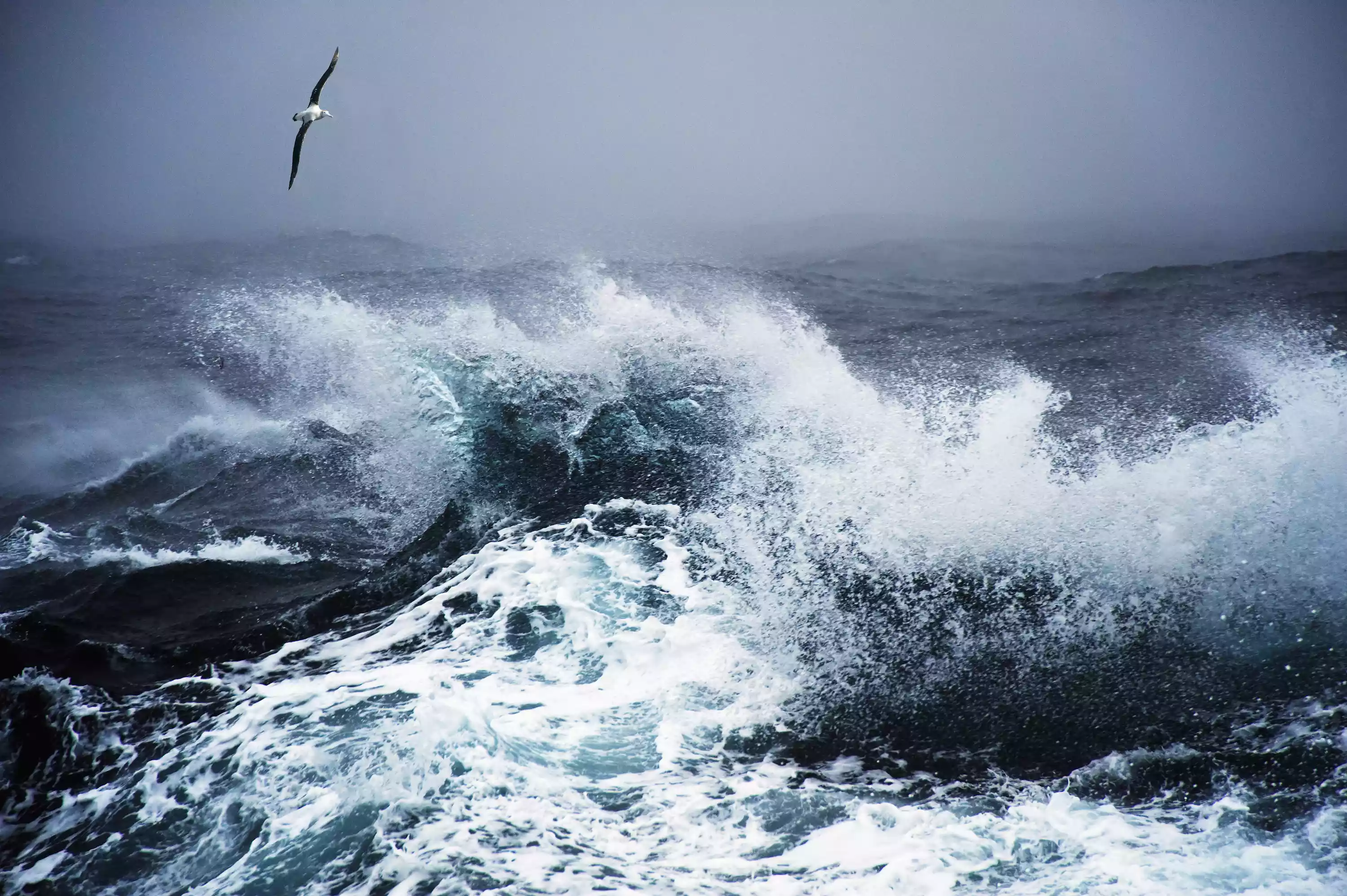Essays, Not Rants! 237: The Give And Take of Books
When I was 13 I visited a slave castle in Takoradi, Ghana. Which is a weird sentence to type, but kinda standard given the whole grew-up-on-a-ship-thing. It was sobering, seeing something you’d read about in history in person. But at the same time, for me, something firmly in the past. What had happened there was firmly in the was.
Now, I recently finished Yaa Gyasi’s exceptional Homegoing. Early on, a slave castle on Africa’s coast plays an important role, setting-wise. Naturally, this conjured up my memories of that old castle. Books have a way of doing that, where the prose merges with the reader’s imagination to create a world in between. Written stores, more so than a more visual medium, rely on a dialogue between the reader and the text. Where film or tv show the viewer what something is, a writer can only describe it and hopes the reader meets them halfway. In a weird way, written stories are a lot like video games: both require the consumer to be an active participant. In video games, if you can’t beat that one boss, you won’t get to continue on with the story (as my years long quest as a child to find out how Mega Man X4 ended proves). Similarly, if you can’t parse a book’s prose, you won’t get through it. It’s very easy for Ulysses to not make sense, given how friggin’ dense it is. The impetus is on the reader to bring what they know to the table, and put the work in to help the writer create the effect.
So Homegoing progresses in a beautiful, heartbreaking fashion, creating a narrative from a series of generational short stories; each story complete in and of itself but stronger from what came before and strengthening what comes after. Gyasi’s prose flows like poetry, making West Africa and Harlem soar. As the book progresses, it catches up in time, eventually arriving in contemporary times. Asanteland is revealed (within the book) to be modern-day Ghana and the slave castle is located in, you guessed it, Takoradi.
I found myself wondering, as the pages ran out and I neared the end, was that castle the same one I’d been to twelve years ago? I finished the book and a quick google search revealed that, yeah, it was.
Woah.
Remember what I said a couple paragraphs ago about written narratives being a dialogue? The thing about dialogues is that they go both ways. For all the information my memories bring to Yaa Gyasi’s words, her words bring their own set of information to my memories.
As such, the ending of the book had a unique effect on me. When I’d visited the slave castle, I’d known the history of the place, but I’d never realized it. Because I brought something — my own memories of the place — what I got out of the book was different than someone else. Likewise, someone who’s spent years studying the ramifications of the transatlantic slave trade would pick up on bits and subtext of the book I totally missed.
Maybe this is a reason why a favorite book feels a lot more personal than a favorite movie, because what you bring to the story deeply affects what you take out of it. The way you feel about The Catcher in The Rye is different if you read it for the first time in your teens or in your twenties, just as someone who sneaks through all of Metal Gear Solid 3 will have a very different experience from someone who just shoots their way through. But it’s books, and their heavy reliance on the reader’s imagination and foreknowledge, that really benefit from that give and take, that dialogue. What you get out of it is all dependent on what you bring going in.
-
 1
1



1 Comment
Recommended Comments